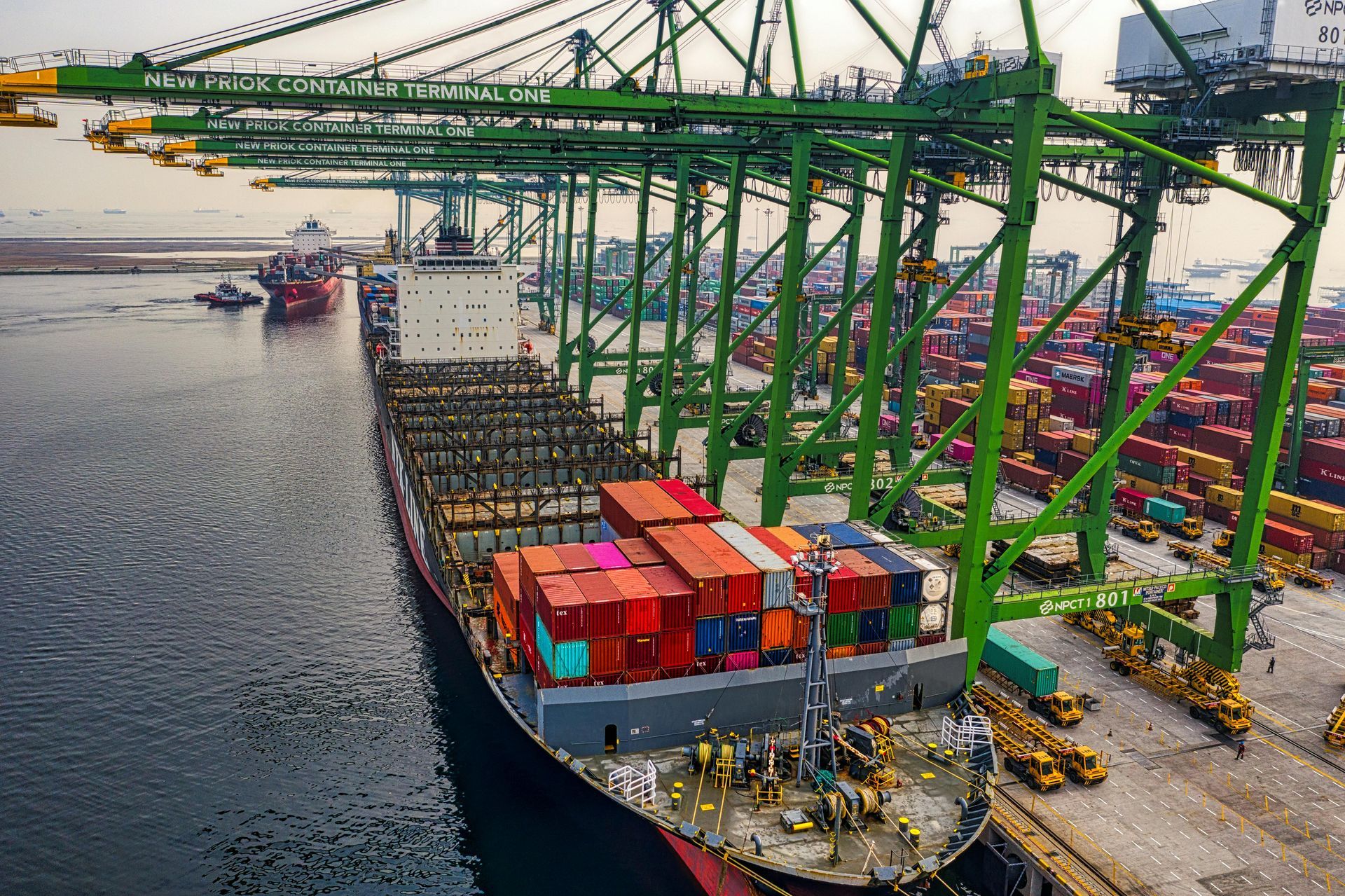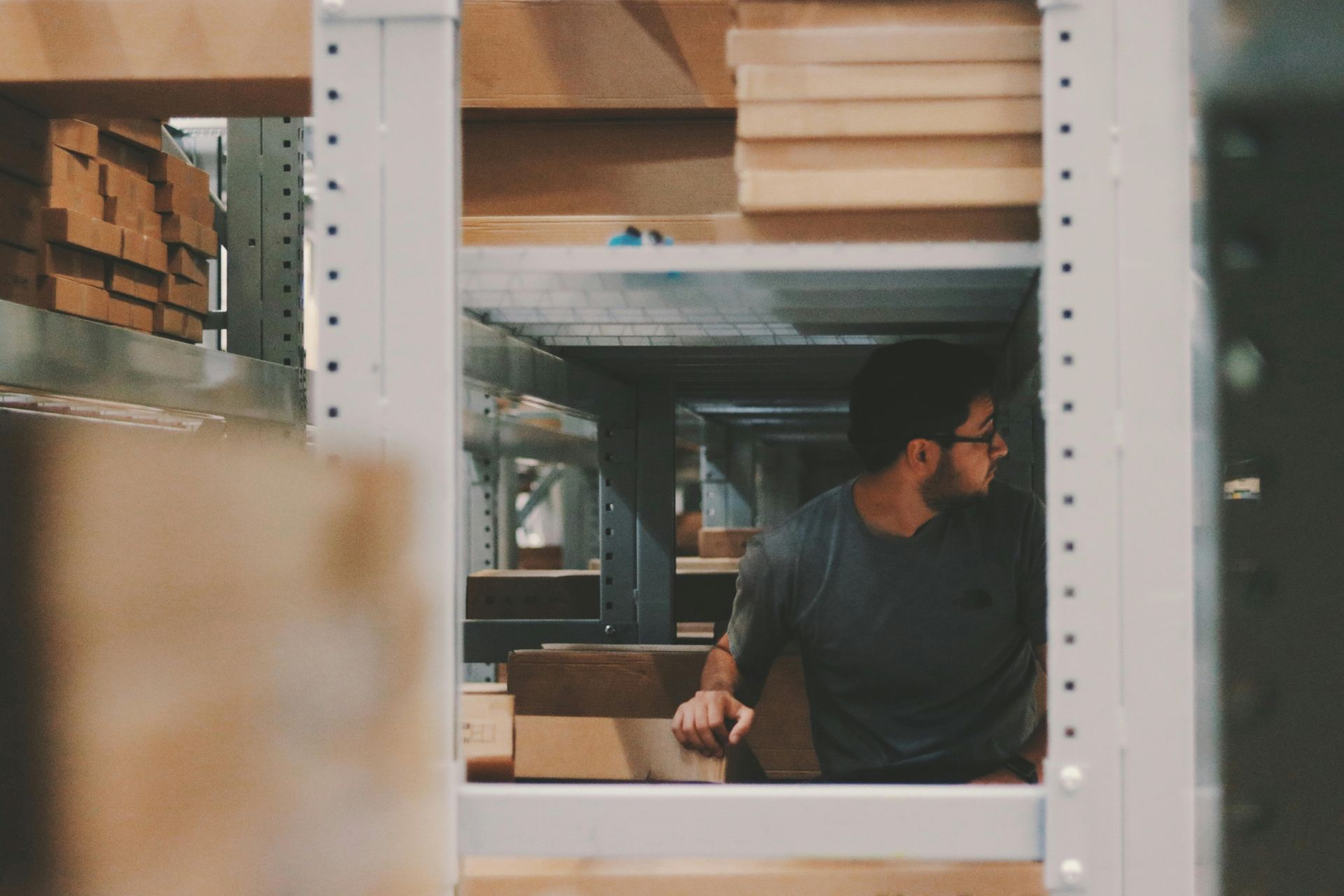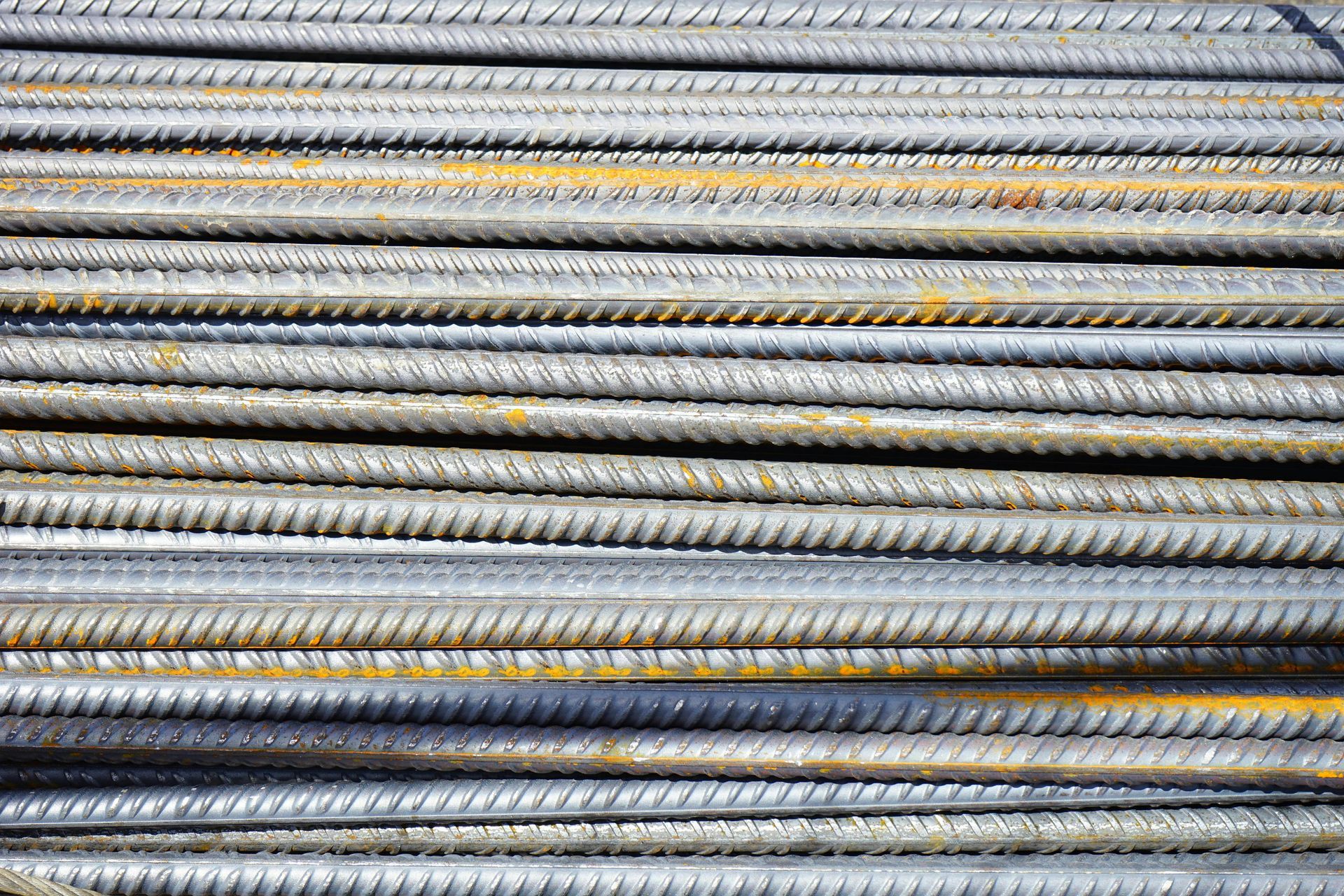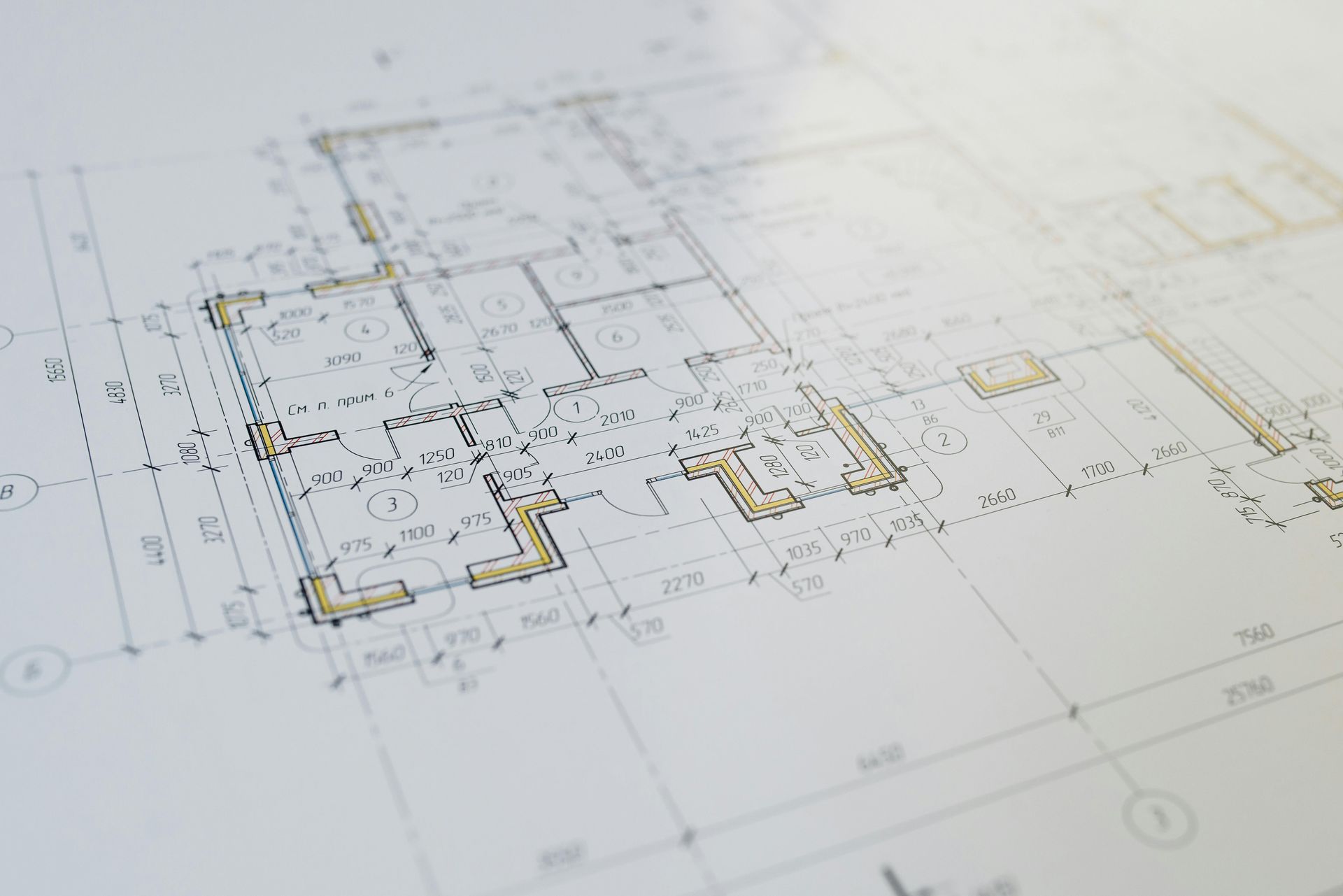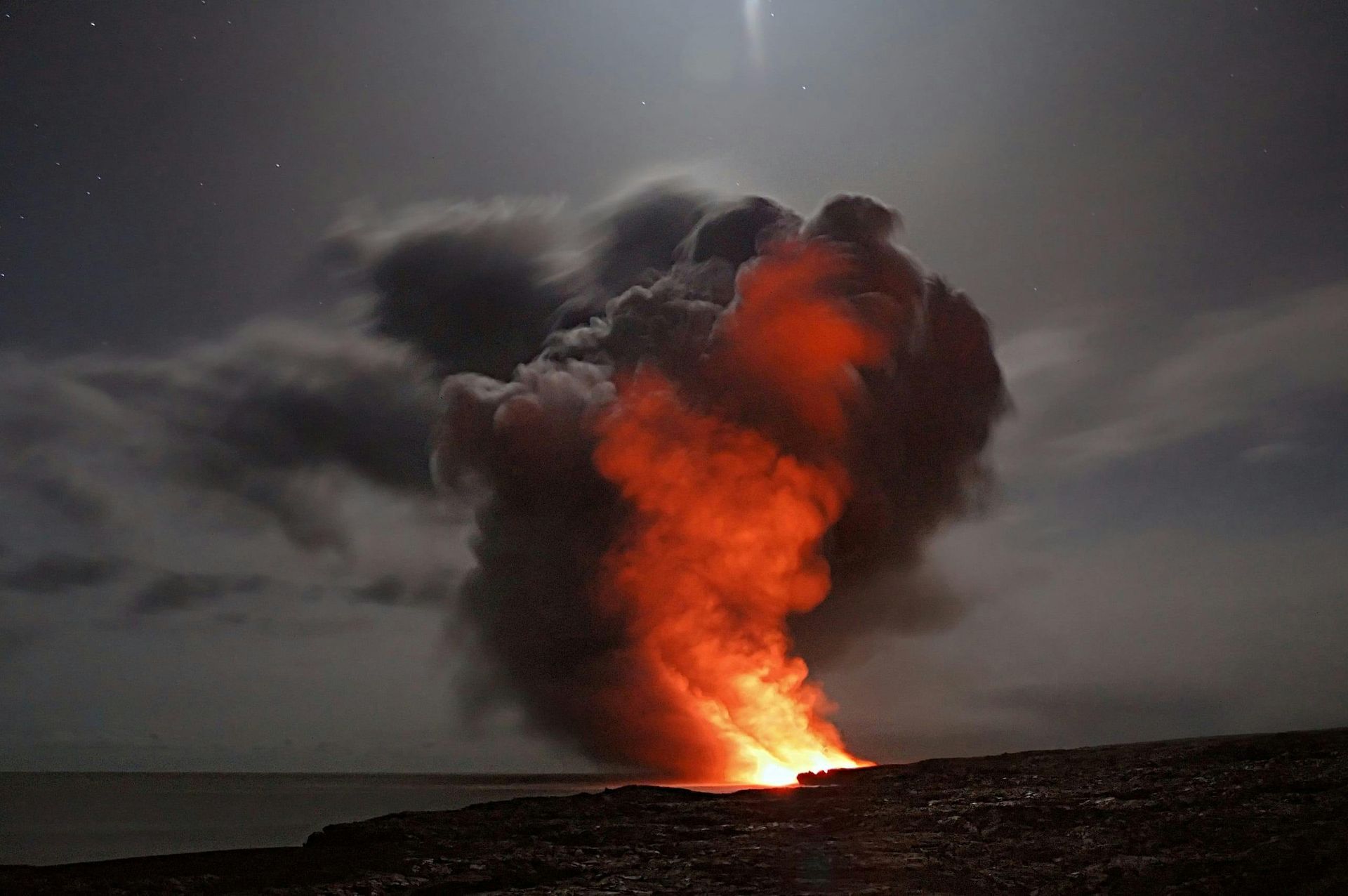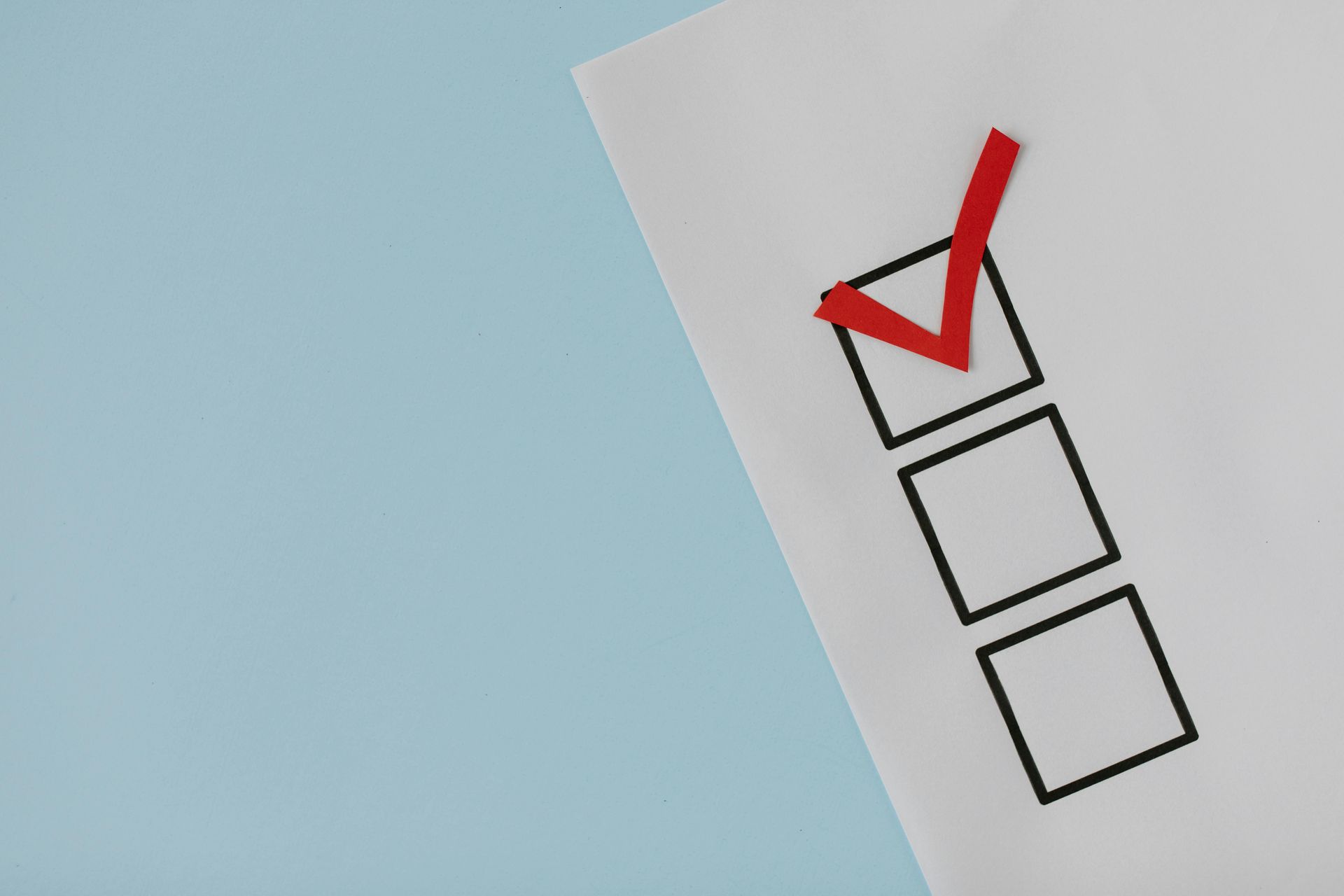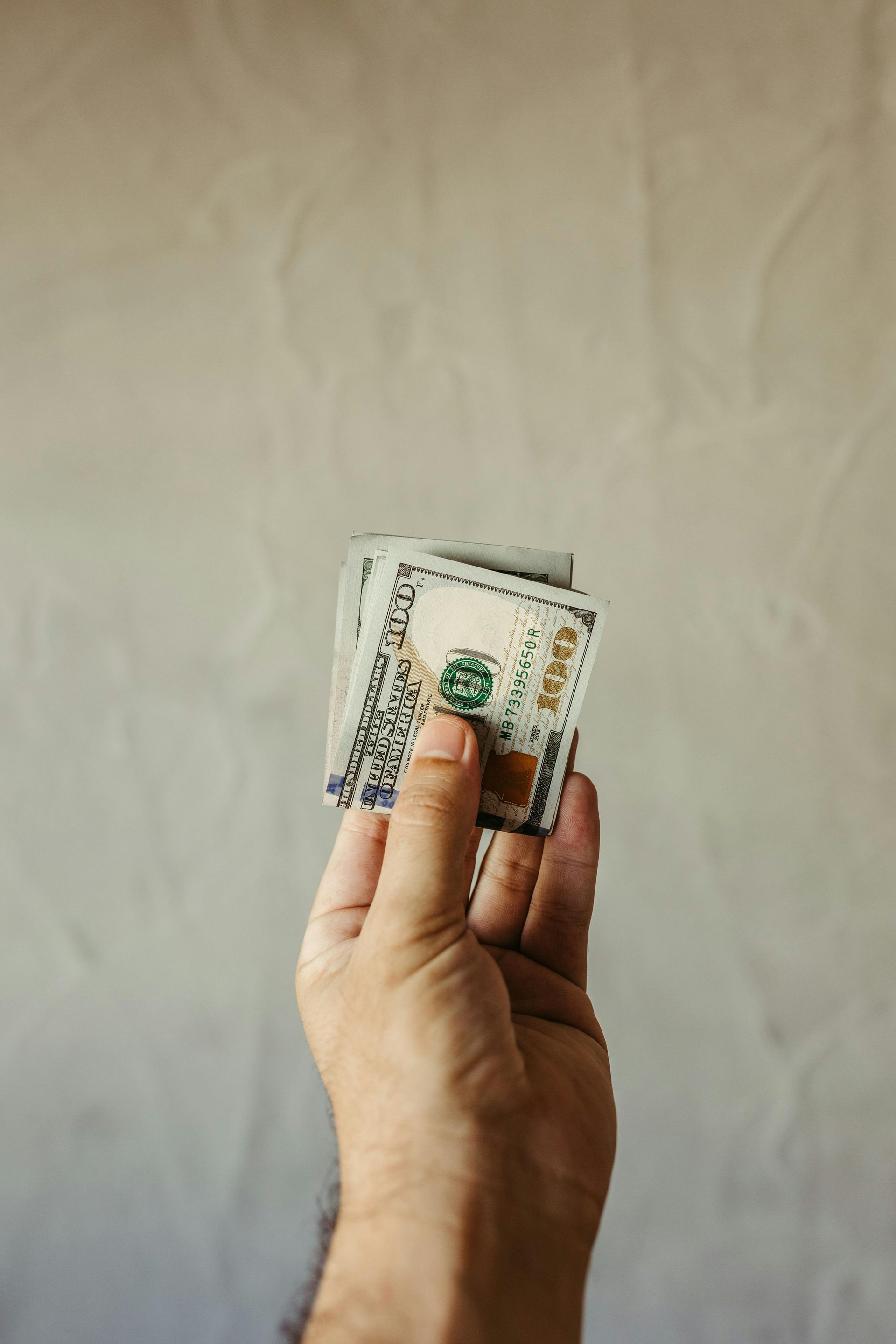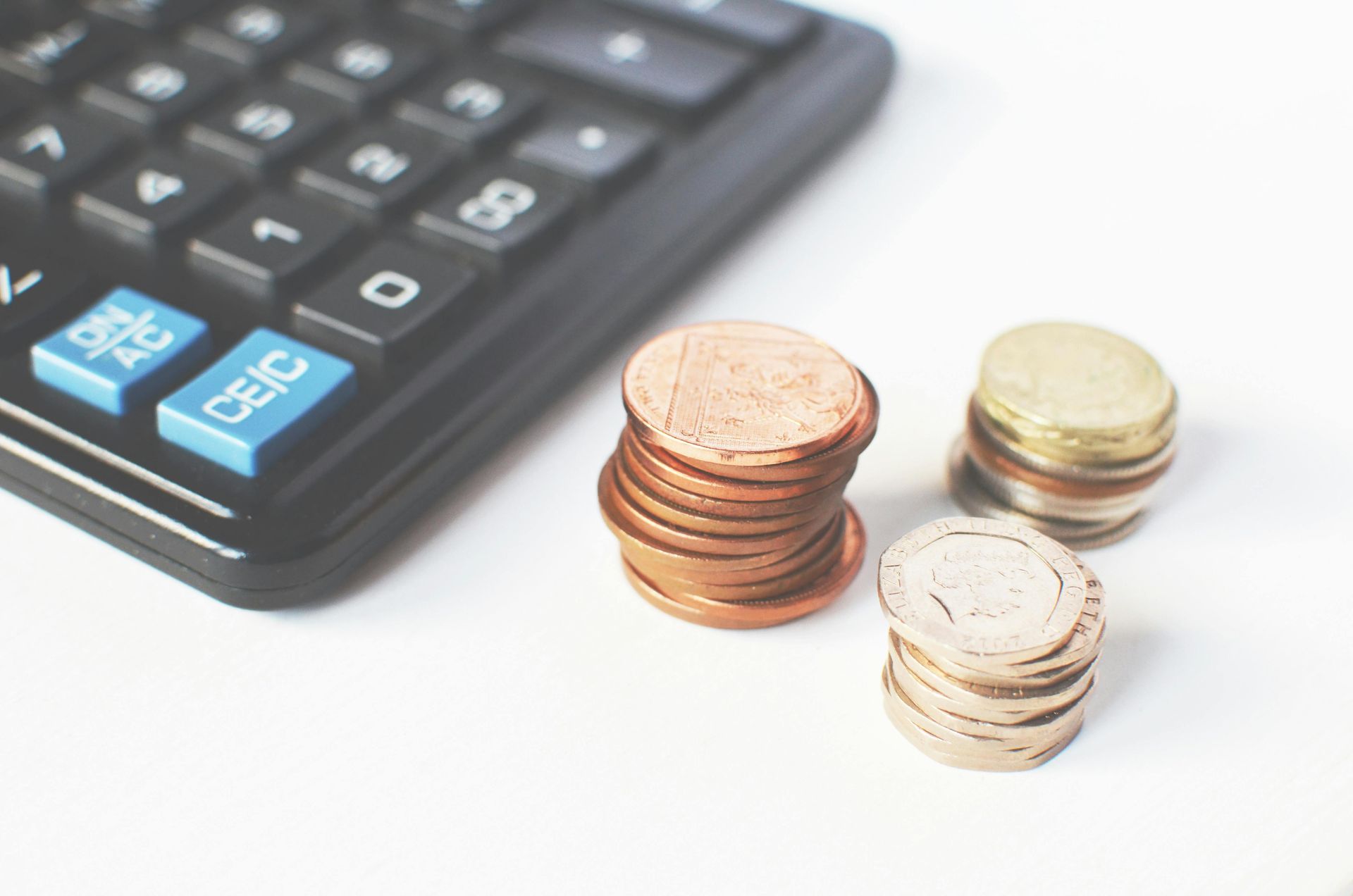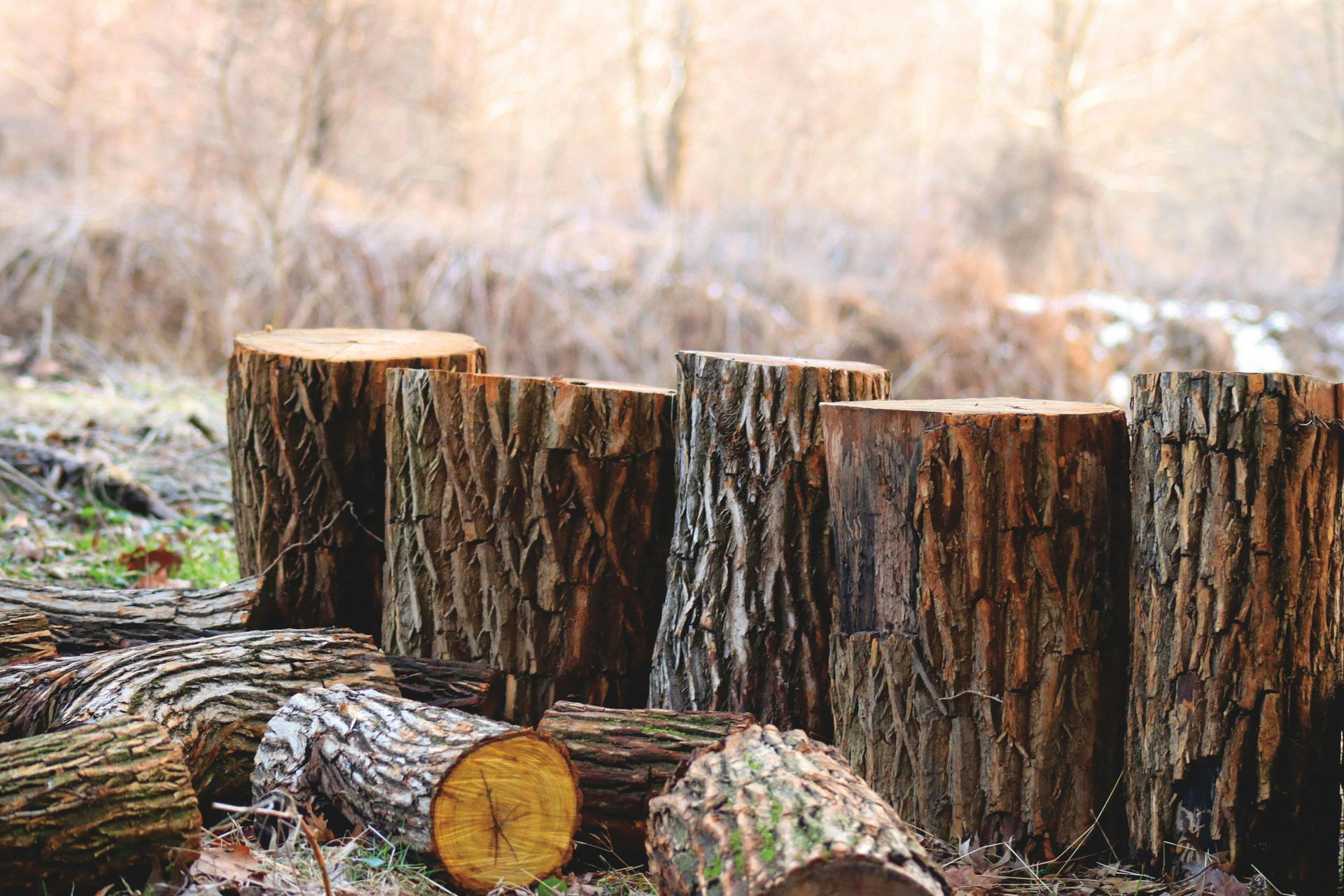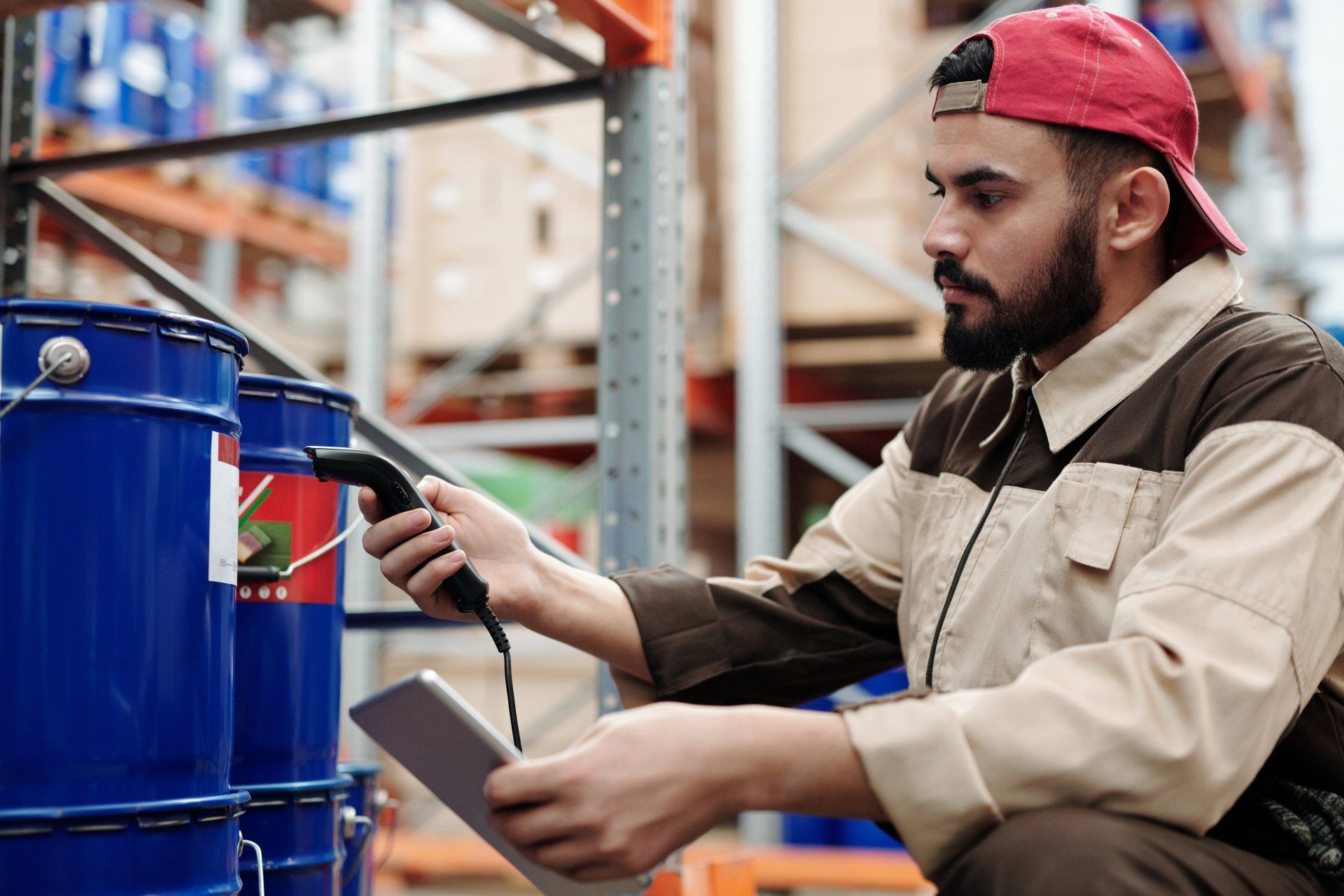Sustainability Features in MDUs: Building a Greener Future for Urban Living
As environmental concerns continue to shape our world, the demand for sustainable living options is on the rise. Multiple Dwelling Units (MDUs) are uniquely positioned to contribute to a greener future by incorporating sustainability features that reduce their environmental impact, lower energy consumption, and enhance the quality of life for residents. By implementing energy-efficient systems, renewable energy solutions, and eco-friendly materials, developers can create MDUs that are not only better for the planet but also more appealing to environmentally conscious urban dwellers.
In this blog post, we will explore the key sustainability features that can be integrated into MDUs, focusing on energy efficiency, water conservation, green building materials, and community-based initiatives. By prioritizing sustainability, MDUs can create a positive impact on the environment while meeting the needs of modern residents.
Energy-Efficient Building Systems
Energy efficiency is a cornerstone of sustainable building design, helping to reduce carbon emissions and lower energy costs for both residents and property managers. Incorporating energy-efficient systems into MDUs is essential for creating a greener living environment.
- High-Performance HVAC Systems: Heating, ventilation, and air conditioning (HVAC) systems are among the largest energy consumers in MDUs. Installing high-performance HVAC systems, such as energy-efficient heat pumps or variable refrigerant flow (VRF) systems, can significantly reduce energy usage while maintaining indoor comfort. These systems are designed to optimize energy use and adjust based on occupancy and outdoor temperatures, providing energy savings without compromising comfort.
- Smart Thermostats and Controls: Smart thermostats allow residents to have more control over their energy usage by setting schedules and adjusting temperatures remotely. By using occupancy sensors and learning algorithms, smart thermostats can optimize indoor climate control and help residents reduce energy waste. This not only lowers energy bills but also contributes to the building's overall sustainability.
- LED Lighting: LED lighting is a simple yet effective way to improve energy efficiency in MDUs. LEDs consume significantly less energy than traditional incandescent bulbs and have a much longer lifespan. By installing LED lighting in common areas, hallways, and individual units, developers can reduce energy consumption and lower maintenance costs over time.
Renewable Energy Solutions
Incorporating renewable energy solutions into MDU designs is a powerful way to reduce reliance on fossil fuels and promote sustainable living. By harnessing renewable energy sources, MDUs can create a cleaner and more resilient energy supply.
- Solar Panels: Solar panels are one of the most common renewable energy solutions for MDUs. Installing solar panels on rooftops or building facades can generate clean electricity to power common areas, lighting, and even individual units. Solar energy systems can be paired with battery storage to store excess energy for use during peak demand periods or power outages, enhancing the building's energy resilience.
- Wind Turbines: In certain locations, small wind turbines can be an effective way to generate renewable energy for MDUs. By harnessing wind power, MDUs can further diversify their energy sources and reduce their reliance on grid electricity. Wind turbines are particularly effective in areas with consistent wind patterns and can be installed on rooftops to take advantage of higher wind speeds.
- Geothermal Energy: Geothermal energy systems use the stable temperatures of the earth to provide heating and cooling for buildings. By installing geothermal heat pumps, MDUs can take advantage of this renewable energy source to reduce their carbon footprint and improve energy efficiency. Geothermal systems are particularly effective for larger buildings with significant heating and cooling demands.
Water Conservation Strategies
Water conservation is a key aspect of sustainability, especially in urban areas where water resources may be limited. By incorporating water-saving features into MDU designs, developers can reduce water usage and lower utility costs for residents.
- Low-Flow Fixtures: Installing low-flow faucets, showerheads, and toilets can significantly reduce water consumption in MDUs without sacrificing performance. Low-flow fixtures are designed to use less water while maintaining the same level of functionality, making them an easy and cost-effective way to conserve water.
- Greywater Recycling Systems: Greywater recycling systems collect water from sinks, showers, and washing machines, treating it for reuse in non-potable applications such as irrigation or toilet flushing. By reusing greywater, MDUs can reduce their overall water consumption and minimize the strain on municipal water supplies.
- Rainwater Harvesting: Rooftop rainwater harvesting systems can collect rainwater for use in irrigation or other non-potable applications. By reducing the building's reliance on municipal water, rainwater harvesting can contribute to more efficient water use and help maintain landscaping without depleting local water resources.
Green Building Materials
The materials used in the construction of MDUs play a significant role in the building's overall sustainability. By choosing eco-friendly materials, developers can reduce the environmental impact of construction and create healthier living environments for residents.
- Sustainable Flooring: Flooring materials such as bamboo, cork, and reclaimed wood are sustainable alternatives to traditional hardwood flooring. These materials are renewable, have a lower environmental impact, and can contribute to a healthier indoor environment. Using low-VOC (volatile organic compound) finishes can further improve indoor air quality.
- Recycled and Reclaimed Materials: Incorporating recycled and reclaimed materials into MDU construction can reduce the demand for new resources and minimize waste. Reclaimed wood, recycled metal, and repurposed brick are all examples of materials that can be used to add character to a building while promoting sustainability.
- Insulation and Building Envelope: Proper insulation is essential for energy efficiency, as it helps maintain indoor temperatures and reduce the need for heating and cooling. Using environmentally friendly insulation materials, such as recycled denim or cellulose, can improve the building's energy performance while reducing its environmental impact. A well-insulated building envelope also helps prevent energy loss and enhances indoor comfort.
Green Roofs and Living Walls
Green roofs and living walls are not only visually appealing but also provide numerous environmental benefits, such as improved insulation, reduced heat island effect, and enhanced biodiversity. These features can transform MDUs into greener, more sustainable living spaces.
- Green Roofs: Green roofs are partially or fully covered with vegetation, providing insulation, reducing stormwater runoff, and creating a natural habitat for birds and pollinators. Green roofs can also improve the aesthetic appeal of the building and provide residents with a relaxing outdoor space where they can connect with nature.
- Living Walls: Living walls, also known as vertical gardens, are walls covered with plants that can be installed both indoors and outdoors. These walls can improve indoor air quality, reduce noise levels, and add a natural element to the building's design. Living walls are particularly effective in common areas or lobbies, creating a welcoming and visually striking environment for residents and visitors.
Community-Based Sustainability Initiatives
Sustainability is not just about building design—it also involves fostering a sense of environmental responsibility among residents. By encouraging community-based sustainability initiatives, MDUs can create a culture of sustainability that benefits both residents and the environment.
- Recycling and Composting Programs: Providing convenient recycling and composting facilities can encourage residents to reduce waste and divert materials from landfills. Designated recycling stations, compost bins, and educational signage can make it easier for residents to participate in waste reduction efforts.
- Community Gardens: Community gardens are a great way to promote sustainability and social interaction among residents. By providing garden plots where residents can grow their own vegetables, herbs, or flowers, MDUs can foster a sense of community while encouraging sustainable food production.
- Sustainability Education and Workshops: Hosting workshops and educational events on topics such as energy conservation, water-saving practices, and sustainable living can help residents make informed choices that contribute to the building's overall sustainability. These events can also create opportunities for residents to connect with one another and build a sense of community.
Creating Sustainable MDUs for a Greener Future
Incorporating sustainability features into MDUs is essential for creating greener, more resilient urban living environments. By focusing on energy efficiency, renewable energy, water conservation, green building materials, and community-based initiatives, developers can create MDUs that meet the needs of environmentally conscious residents while reducing their impact on the planet.
Sustainable MDUs not only benefit the environment but also offer long-term cost savings, improved indoor comfort, and a higher quality of life for residents. As the demand for sustainable living options continues to grow, developers who prioritize sustainability will be well-positioned to create MDUs that are attractive, forward-thinking, and aligned with the values of modern urban dwellers.
By embracing sustainability, MDUs can contribute to a greener future for urban living, providing residents with a place they are proud to call home—one that supports their well-being and the well-being of the planet.
